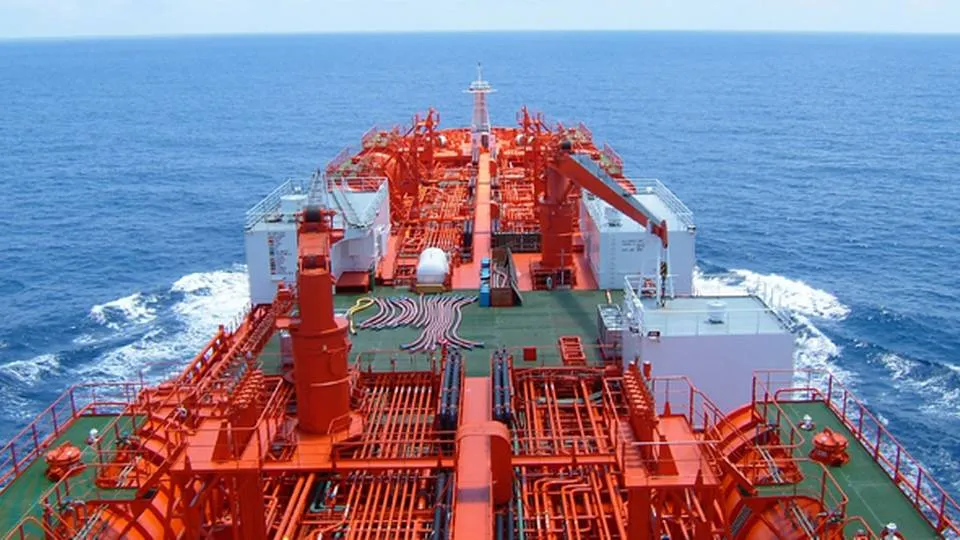Maritime Strategies International (MSI) senior chemical market analyst, Bonita Nightingale, offers a forward-looking perspective on the challenges and opportunities facing market stakeholders in the year ahead
It has been another exciting year for the chemical and edible oils market. Trade has shown a steady recovery, but at 261M tonnes shipped in 2024, this is still shy of pre-pandemic levels. However, an overarching tightness in tonnage supply has kept rates, earnings and asset values at elevated levels.
At 45%, organic chemicals remain the most significant commodity group shipped on chemical tankers, with edible oil making up a further 35%. Inorganic chemical demand has grown in recent years, now equating to 14% of the market: China is now a significant exporter, competing with North East Asia for market share.
While trade has increased 1.7% year-on-year (y-o-y) by tonnes shipped, deadweight demand increased 5.1% y-o-y in 2024 as the conflict in the Middle East forced vessels to navigate the Cape of Good Hope to avoid the Red Sea area. This translated into higher freight rates for products out of the Middle East into the West. This extra navigation for all /West trade increased tonne-miles, further tightening tonnage.
The higher-paying Clean Petroleum Products (CPP) market, which first attracted “swing” tonnage from traditional chemical trade lanes, started to soften in the second half of 2024. This released some of the larger /product tankers back into the fleet, inevitably softening freight and timecharter rates for these larger vessels. The domino effect has led to a little weakness in the rest of the smaller chemical tanker fleet; however, these rates have remained more resilient, especially for the stainless-steel fleet.
In the edible oil sector, European Union policies regarding palm oil continue to dampen /West trade. European imports have dropped from a peak of 9M tonnes in 2019 to around 5.4M tonnes in 2024 as countries slowly diversify their consumption requirements. There has been a notable uptick in the regional sunflower oil trade.
“Activity has slowed and is likely to continue doing so, as new and reactionary tariffs are thrown into the mix”
However, fewer palm oil stocks are available for exports due to regional biofuel blending mandates: Indonesia’s B40 mandate (40% palm oil-based biodiesel) was implemented at the beginning of this year, with talks that this could be increased to B50 by 2028. Brazil, a significant exporter of soybean oil, now has a B14 blending mandate in place. Despite sunflower oil trade increasing around 19% y-o-y in 2024, this has not been enough to lift the limited 1% growth in edible oil trade.
Geopolitical tensions and trade wars have caused some disruption and uncertainty to trade. Soon after President Trump was elected for a second term, there was a flurry of activity as charterers and traders pushed fixtures through ahead of impending tariffs. Since then, activity has slowed and is likely to continue doing so, as new and reactionary tariffs are thrown into the mix.
Overall, the growth of the chemical and edible oil trade has been slow but stable. However, the external pressures that have kept chemical tankers tight, increasing the employment rate to around 90%, remain loosely in place. Earnings and asset values, although starting to feel the pressure, remain at elevated levels. With an ageing fleet, there is potential for owners to scrap older tonnage if their vessels become uneconomical, thereby slowing down the downward trajectory. MSI anticipates rates to slowly soften over the next two to three years before rebounding from 2028 onwards.






